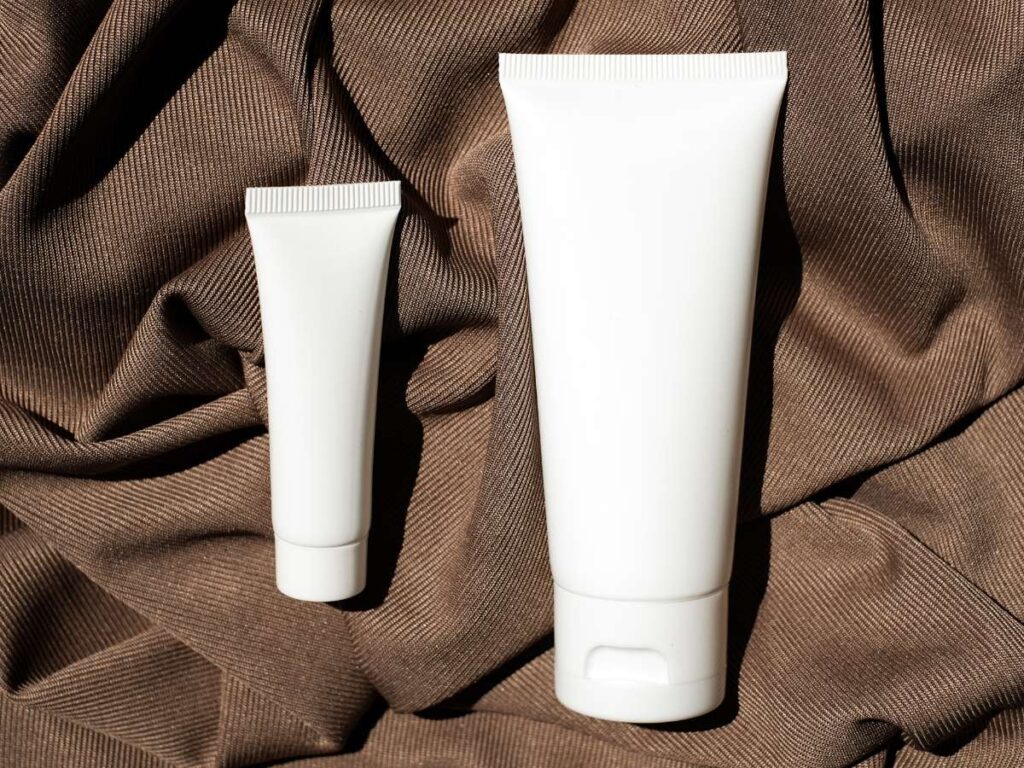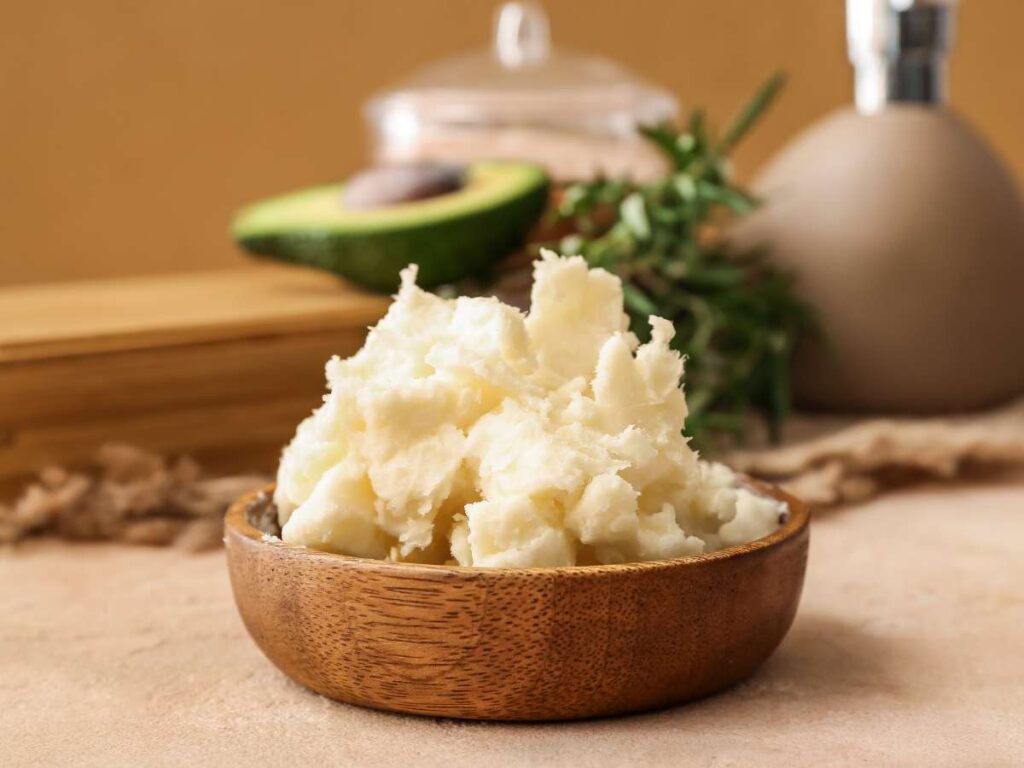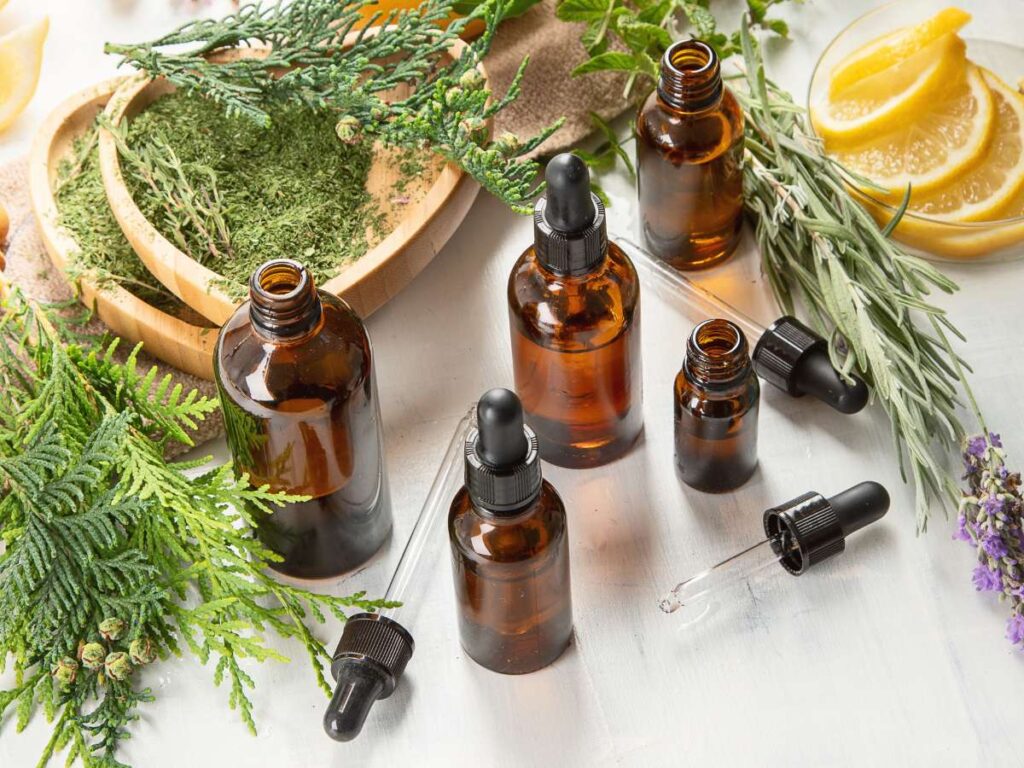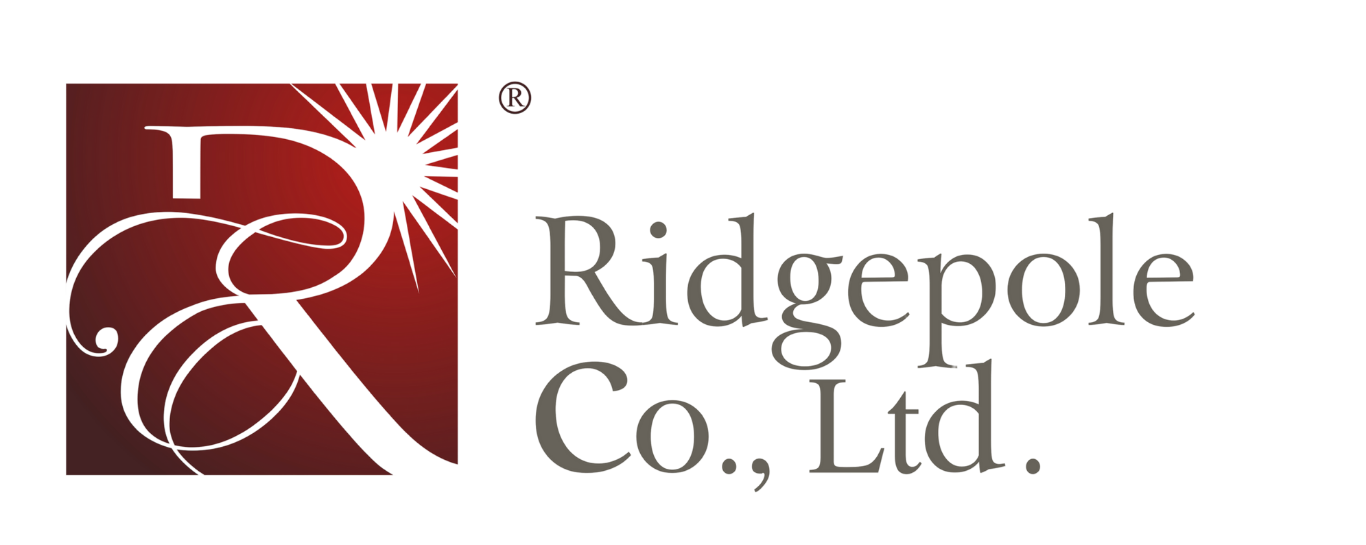Body Lotion Making Process: A Step-by-Step Guide

Author: Tommy Tang | Founder at Ridgepole
Hi, I'm Tommy Tang, here to share my expertise in skincare with you.
Table of Contents
Making lotion isn’t always easy. It can be so frustrating to spend time and money on the best ingredients, only to end up with a greasy, messy batch—or even worse, a formula that just won’t last.
But don’t worry—I’ve seen this happen more times than I can count, and I know exactly how to fix it. With the right steps, you can avoid these problems and make sure your lotion turns out perfectly every time.
I’m a cosmetic manufacturing consultant, and I’ve helped all kinds of businesses solve these exact issues. Whether you’re trying to make more products or just improve your formula, getting the details right makes all the difference.
In this guide, I’ll break down every important step—from picking the right ingredients to packaging your final product. You’ll learn how to make your production process smoother, avoid expensive mistakes, and create lotions that meet industry standards.
Ready to get started? Let’s go!
Step #1: Planning and Sourcing
Effective planning and sourcing lay the foundation for high-quality body lotion manufacturing. This step guarantees that all raw materials, suppliers, and logistics are aligned for a smooth production process.
- Define Product Goals and Formulation Requirements: Identify the purpose of the body lotion, such as hydration, anti-aging, or sensitive skin care. Research and select the best ingredients that align with these goals, balancing efficacy, texture, and customer preferences.
- Source High-Quality Raw Materials and Ingredients: Partner with reliable suppliers who provide high-grade oils, emulsifiers, preservatives, and active ingredients. Verify ingredient safety and compliance by reviewing certifications, testing for consistency, and confirming ethical sourcing.
- Select Packaging and Equipment Suppliers: Choose suitable packaging that protects the lotion from contamination while aligning with branding and sustainability goals.
- Establish Inventory and Supply Chain Logistics: Implement an organized inventory system to track raw materials, preventing shortages or overstocking. Set up efficient supply chain logistics, securing timely delivery of ingredients and packaging materials to avoid production delays.

Step #2: Equipment Setup
Proper equipment setup is essential for maintaining efficiency, consistency, and quality in body lotion production. This step involves selecting, installing, and maintaining the right machinery for each stage of manufacturing.
- Choose the Right Machinery for Production Needs: Identify and invest in essential equipment such as mixing tanks, homogenizers, heating and cooling systems, and filling machines.
- Install and Calibrate Equipment for Precision: Set up all machines according to manufacturer guidelines and calibrate them to achieve accurate mixing, emulsification, and filling. Conduct initial test runs to confirm that temperatures, speed settings, and pressure levels are properly adjusted.
- Establish Maintenance and Cleaning Protocols: Implement a regular maintenance schedule to prevent equipment malfunctions and sustain consistent performance.
Step #3: Ingredient Preparation
Proper ingredient preparation guarantees the consistency, stability, and effectiveness of the body lotion formulation. This step involves measuring, pre-processing, and handling raw materials correctly before mixing.
- Measure Ingredients with Precision: Accurately weigh and portion all ingredients, including water, oils, emulsifiers, preservatives, and active additives.
- Pre-Treat and Filter Water Phase Ingredients: Purify and heat the water phase ingredients to eliminate contaminants and dissolve water-soluble components like humectants and thickeners. Maintain the appropriate temperature to support proper emulsification.
- Melt and Prepare the Oil Phase: Heat oils, butters, and emulsifiers separately to their required melting points, allowing them to blend smoothly without degradation. Use controlled heating methods to prevent overheating, which can alter ingredient properties.
- Check Ingredient Compatibility and Stability: Conduct pre-mixing tests to confirm ingredient compatibility and avoid separation, precipitation, or unwanted reactions. Assess the formulation’s stability before proceeding to the next stage.
- Maintain Hygiene and Prevent Contamination: Use sterilized equipment and keep all raw materials in clean, temperature-controlled conditions. Follow Good Manufacturing Practices (GMP) to uphold product integrity and minimize contamination risks.

Step #4: Mixing and Emulsification
The mixing and emulsification process is critical for achieving a stable, smooth, and uniform body lotion. This step involves combining the water and oil phases to create a well-blended emulsion.
- Heat and Maintain Proper Temperatures for Each Phase: Warm the water and oil phases separately to their required temperatures, usually between 60-75°C, to support proper emulsification.
- Gradually Combine Oil and Water Phases: Slowly add the oil phase into the heated water phase while continuously stirring to begin the emulsification process. Use a controlled pouring technique to prevent separation and promote uniform mixing.
- Apply High-Shear Mixing for Proper Emulsification: Use high-shear mixers or homogenizers to break down oil droplets and achieve even dispersion in the water phase.
- Cool the Emulsion Gradually to Set the Structure: Once fully emulsified, gradually reduce the temperature while continuously stirring to stabilize the mixture. Controlled cooling helps maintain uniformity and prevents phase separation.
Step #5: Addition of Active Ingredients and Fragrances
This step enhances the body lotion by incorporating functional ingredients and fragrances that provide skin benefits and a pleasant user experience. Timing and proper mixing are crucial to maintain product stability and effectiveness.
- Identify and Measure Heat-Sensitive Additives: Active ingredients such as vitamins, botanical extracts, and antioxidants are often heat-sensitive. Accurately measure these ingredients and prepare them for incorporation after the emulsion has cooled to a safe temperature (typically below 40°C).
- Incorporate Fragrances and Essential Oils: Add fragrance oils or essential oils carefully, making sure they are evenly distributed to the lotion. Stir gently but thoroughly to avoid volatilization or degradation.
- Achieve Proper Dispersion and Homogeneity: Use low-speed mixing or gentle stirring techniques to fully incorporate actives and fragrances without introducing excess air.
- Conduct a Preliminary Stability and pH Check: After all additions, test the lotion’s pH to confirm it falls within the skin-friendly range (typically 4.5-6.5). Perform a quick stability test to detect any signs of separation or incompatibility before proceeding.

Step #6: Homogenization and Refinement
Homogenization and refinement guarantee the body lotion achieves a smooth, uniform texture with enhanced stability. This step further reduces particle sizes and improves the final product’s feel and effectiveness.
- Apply High-Pressure Homogenization for Uniform Texture: Use a homogenizer to break down oil droplets into smaller, more evenly distributed particles. This process enhances emulsion stability, prevents separation, and creates a silky-smooth consistency.
- Remove Air Bubbles and Enhance Product Density: Apply vacuum processing or slow-speed mixing to eliminate trapped air introduced during previous mixing steps. This prevents foaming issues and results in a rich, creamy final texture.
- Conduct Final Adjustments and Refinements: Evaluate the lotion’s viscosity and texture, adjusting with thickeners or additional emulsifiers if needed. Perform a final pH check and confirm the product meets formulation standards before moving to quality control.
Step #7: Quality Control Testing
Quality control testing verifies that the body lotion meets industry standards for safety, stability, and performance before it reaches the market. This step involves a series of tests to confirm product consistency and compliance.
- Conduct Physical and Sensory Evaluations: Check the lotion’s appearance, texture, viscosity, and color to confirm uniformity. Perform a sensory test to evaluate spreadability, absorption, and overall feel on the skin.
- Perform Microbial and Contamination Testing: Test for bacterial, fungal, and microbial contamination using lab analysis methods such as microbial culture testing. Confirm that the preservative system remains effective in preventing microbial growth over time.
- Assess Stability and Shelf-Life Performance: Conduct stability testing under different temperature and humidity conditions to determine how the lotion holds up over time.
- Verify pH and Product Safety Compliance: Measure the lotion’s pH to confirm it falls within the skin-friendly range (typically 4.5-6.5). Validate that the formulation complies with regulatory safety standards before moving to the filling and packaging stage.
Step #8: Filling and Packaging
Filling and packaging are crucial final steps in guaranteeing the body lotion is safely contained, accurately labeled, and ready for distribution. Proper handling preserves product integrity and extends shelf life.
- Select and Prepare Suitable Packaging Containers: Choose appropriate packaging materials, such as bottles, jars, or tubes, that protect the lotion from contamination and oxidation. Verify that packaging is clean, durable, and compatible with the formulation.
- Implement Accurate and Hygienic Filling Processes: Use automated or semi-automated filling machines to dispense the correct volume of lotion into each container, maintaining consistency. Operate in a controlled environment to uphold hygiene standards and prevent contamination.
- Seal, Label, and Conduct Final Inspections: Apply secure sealing methods, such as tamper-proof caps or heat-sealed foils, to protect product quality. Label each unit with required details, including ingredients, batch number, and expiry date, followed by a final quality check before storage and distribution.
Step #9: Storage and Distribution
Proper storage and distribution guarantee that the body lotion maintains its quality and reaches customers in optimal condition. This step involves controlled warehousing, efficient logistics, and regulatory compliance.
- Store Under Optimal Conditions: Maintain storage areas at the recommended temperature and humidity levels to prevent ingredient degradation and separation. Provide proper ventilation and protect products from direct sunlight, extreme temperatures, and contamination.
- Organize Inventory and Implement FIFO System: Use an efficient inventory management system, such as First-In-First-Out (FIFO), to make sure older batches are shipped first. Keep detailed records of batch numbers and expiration dates to maintain traceability and minimize waste.
- Implement Safe and Efficient Distribution: Partner with reliable logistics providers to guarantee timely and damage-free delivery to retailers or customers. Follow regulatory guidelines for transportation, including proper handling instructions and packaging protection during transit.
Conclusion
I know how much goes into creating the perfect body lotion. That’s why having a structured, reliable process isn’t just helpful—it’s essential.
By following this step-by-step guide, you’ll cut down on wasted ingredients, avoid costly formulation mistakes, and create lotions that are stable, effective, and ready for market.
If you’re looking for a manufacturing partner who understands the challenges and complexities of body lotion production, let’s talk. At Ridgepole, we specialize in high-quality, scalable manufacturing that aligns with your brand’s goals.
Let’s bring your lotion formulation to life—contact us today!
Check Out These Additional Resources
Want to see more products? We’ve got plenty of options that might just be the perfect fit for you:
Still haven’t found what you’re looking for? Don’t hesitate to contact us. We’re available around the clock to assist you.
Quick Quote
Own Your Private Label Cosmetic Line Is No Longer Difficult Here!





